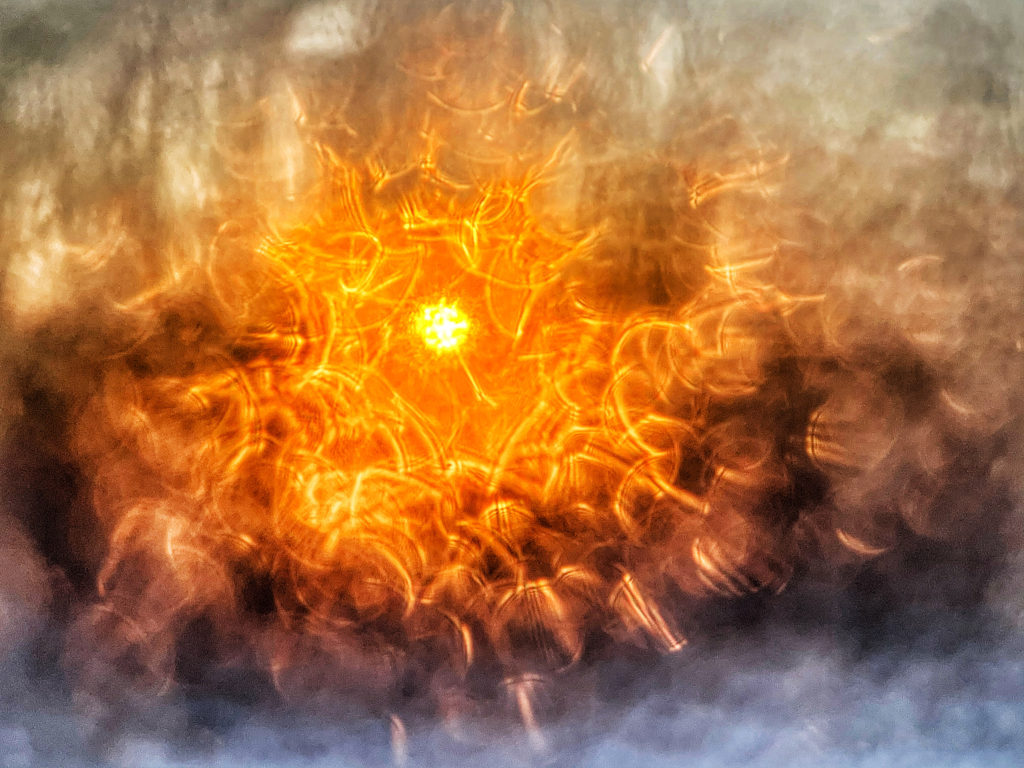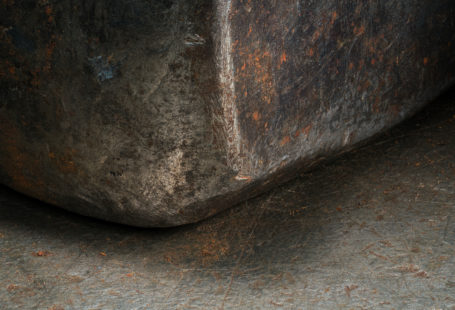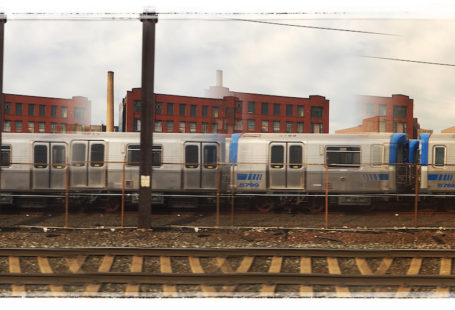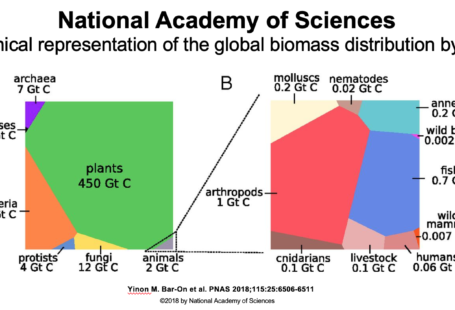I wrote about the topic of breaking the rules previously in this blog, but I recently had the opportunity to delve into it deeper. There are very few conversations that I remember or stand out from decades ago. There is one that has left an indelible mark and I still can’t shake it from my memory. The year is fuzzy, but I think it was 1990 or 1991. I was a student and assisting a professor, who was teaching a professional development course at the Rochester Institute of Technology focused on digital photography. I remember having a discussion with a participant who was struggling with the tools in an early version of Photoshop. “You need to test and play with the tools to become comfortable with how they work,” I said. The participant responded, “I’m here to work. I’m not here to play!”
“I’m here to work. I’m not here to play!”
Anonymous Workshop Participant
This comment was antithetical to my college-education experience where I was encouraged to play, break the rules, and test boundaries of technologies and ideas.
This topic was front of mind when the Ward Museum of Wildfowl Art asked me to give a lecture at their education conference as part of their 2021 Photo Festival. I had presented at this festival in 2019. That presentation was a touch iconoclastic and focused on interpreting nature rather than straight nature photography and encouraged participants to think more like a fine artist than just documenting what they see. I thought about this new request for quite some time and reflected on my own creative journey, much of the photography I have seen in competitions, my theme for the prior presentation, and I decided that I wanted to explore the creative journey. I went about reading and studying the topic for a few months and was pleased to find a plethora of research on the topic of “play”.
Most enlightening was reviewing an often-cited research study by George Land for NASA. In that study, a creativity test, used to select innovated scientists and engineers, was given to students. Land learned that the overwhelming percentage (98%) of five-year-old children were creative geniuses. This number declined dramatically to where only 12% fit the criteria by the age of 15 and only 2% by adulthood. Here he is explaining the study and the need for divergent thinking for an innovation-based economy – TEDxTuscon George Land The Failure of Success.
I found often cited quotes from the likes of Einstein, Picasso, and contemporaries like Steve Jobs. Einstein said, “imagination is more important than knowledge.” He also said, “Play is the highest form of research” … and … ”to stimulate creativity one must develop childlike inclination for play and the childlike desire for recognition.” Picasso spoke of breaking the rules, “Learn the rules like a pro, so you can break them like an artist.” Job’s talked about creativity and connecting ideas, “Creativity is just connecting things. When you ask creative people how they did something, they feel a little guilty because they didn’t really do it, they just saw something. It seemed obvious to them after a while. That’s because they were able to connect experiences they’ve had and synthesize new things.” Here he is talking to college students about the value of having a variety of life experiences to fuel your creative mind.
Learn the rules like a pro, so you can break them like an artist.
Pablo Picasso
I read a book in my twenties called, A Whack on the Side of Your Head, How to Unlock Your Mind for Innovation by Roger von Oech, PhD. He discussed the concepts of convergent and divergent thinking that George Land mentioned in his talk. Convergent thinking is where we are taught to think logically, be critical thinkers, judging, criticizing, refining, improving ideas. Divergent thinking is where we use our imagination and where new ideas come from. Roger von Oech discusses the mental blocks that come from convergent thinking and how we protect ourselves from making bad decisions. Here is a list of mental blocks that he cites. We all have these thoughts, and the trick is how to switch to divergent thinking and free our minds for innovative ideation.
Mental Blocks
- The right answer
- That’s not logical
- Follow the rules
- Be practical
- Play is frivolous
- That’s not my area
- Don’t be foolish
- Avoid ambiguity
- To err is wrong
- I’m not creative
This brought me to trying to understand the creative process and how to break free from these mental blocks. While there are many models for creativity, it seems that one of the earliest is from Graham Wallas, who in 1926, identified 4-stages and in 1939, James Webb Young improved on Wallas’s model with 5-stages.
1926 Graham Wallas Model
- Preparation
- Incubation
- Illumination
- Verification
1939 James Webb Young Model
- Gather Raw Materials
- Digest Materials
- Incubation
- Eureka
- Develop & Test idea
Interestingly, I think my process aligns with Young’s model. What’s clear from both models is that there is a process of exploring, incubating and then having that moment of inspiration. I think this is where play fits into the creative process.
One of the best know advocates for this is Dr. Stuart Brown who wrote the book by the same name and created the National Institute for Play. Brown asserts that “we are designed to find fulfillment and creative growth through play.” He explains that play is an advanced method that nature has invented to allow our brains to create who we are. My favorite quote from Brown relates directly to the steps in the creative process I find important in my own creative journey, “Stepping out of a normal routine, finding novelty, being open to serendipity, enjoying the unexpected, embracing a little risk, and finding pleasure in the heightened vividness of life. These are all qualities of a state of play.” I also like what he has to say in this video about how nothing lights up the brain quite like play – play is more than fun.
We are designed to find fulfillment and creative growth through play.
Dr. Stuart Brown
All this research helped me understand and clarify my own creative process. I am constantly and relentlessly exploring visual ideas, looking for shapes, details, light, shadows, abstractions. I also test the limits of my tools often creating images that can look “broken” to the convergent thinker but are pure joy to me. My process is also influenced by my health and chronic pain. I touched on that topic in my post – The Healing Power of Art. I plan to explore this in future posts as well. Suffice it to say, play is just as important, if not more, when you are going through significant strain to your body and mind.
My presentation for the museum included many of my ”not-so-serious” images … all of which are the outcome of purposeful and often spontaneous “Play.” There are the silly and serious self-portraits, repetition of photographing found objects like eating utensils (What the Fork?), searching for abstractions, observing how light dances on objects blowing in the wind, finding patterns in decayed painted roads, and use motion and multiple exposures to obliterate detail and challenge the static nature of images.

I have learned to never take myself too seriously. I learned this lesson when I was photographing bell peppers and realized that one of my peppers looked like a pile of poop. I tried too hard to photograph the pepper and figuratively created a picture of … well, you get the idea.

I’ve also learned to play and I play to learn. These are separate but equal. Play doesn’t come naturally to all of us and it requires a concerted effort in our busy lives. As I get better at it, I find that I learn more. I also have learned to ask “what if?” If I don’t ask the question, I won’t necessarily choose to allow my mind to wander and explore a topic. Like Webb’s first two stages of his model, I look for inspiration by gathering raw materials and digesting information. I have collections of different objects I like to photograph and some I have collected for several years. I also actively research my subjects, review art, prose, and theory related to my subject.
I have funny and playful friends. I can’t overstate how important this is to my creativity. These friends allow me to feel comfortable exploring ideas and be zany and wacky. I have learned to make pictures for myself. I do share my pictures by I am not creating them for “likes” or “approval.” They are the work product of my mind trying to figure out the world and explore it visually. I try to zero in and find the essence of a subject. I remove any visual content that is superfluous and then I rapidly iterate and evolve my approach to fulfill my vision for the subject. Finally, while I know it is a little cliché, I try to be a honey badger. Who doesn’t love that video narrated by Randall? … and yes, he wrote a book.
Now, go out and play!


